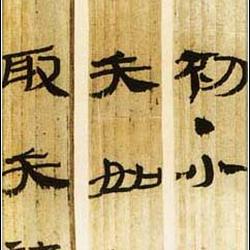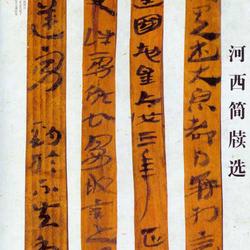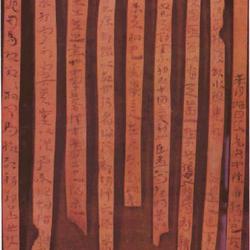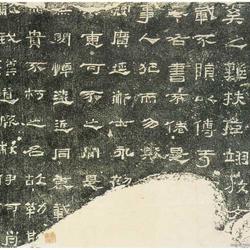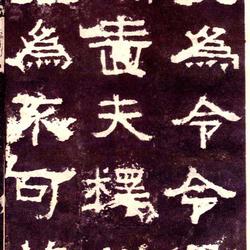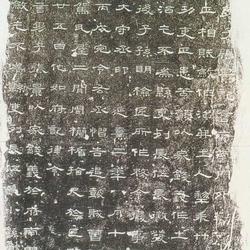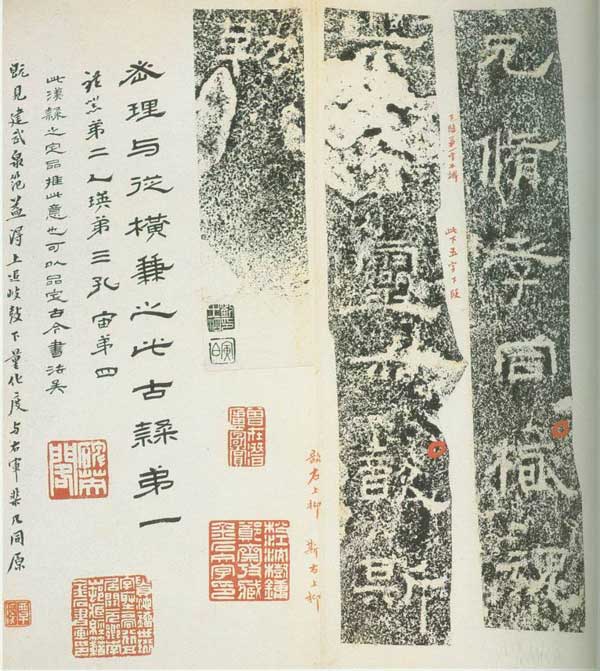
The full name is "The Monument of Zheng Gu, a Doctor of the Han Dynasty". It was erected in April of the first year of Yanxi (158 AD) of the Eastern Han Dynasty and is written in official script. 15 lines, 29 words per line.
The seal script on the forehead reads "The stele of Zheng Jun, an old doctor of the Han Dynasty" in two lines and eight characters. The monument is in Jining, Shandong. Now in Jining City Museum. The original stone was buried in the soil for a section, and only 254 characters remained in the upper part. In the 43rd year of Emperor Qianlong's reign in the Qing Dynasty, Li Dongqi and Lan Jiaxuan excavated the part that was dug into the ground, and obtained the full character sixty and the half character five. Before that, in the sixth year of Yongzheng's reign, Li □ (left fish and right bird) had obtained the best monument. In the next paragraph (lower right corner), there are twenty characters and four half characters.
The calligraphy style of this stele is ancient, elegant and clean. It must have been written by a professional calligrapher at that time. The characters are flat and wide, the structure is strict, and the stipples are stylized. In the Song Dynasty, Ouyang Xiu's "Collection of Ancient Records" was already classified as "scattered", and the characters in the lower part were too long and unreadable. His calligraphy style is similar to "Yi Ying" and "Shi Chen", with a square structure, even bones and flesh, clear waves and strict rules. Wan Jing of the Qing Dynasty commented on his "firm and vigorous brushwork", and Weng Fanggang said that his "both secret principles and vertical and horizontal aspects are the first among this ancient Li". Yang Shoujing said: "This stele is ancient, elegant and clean. It is also called a masterpiece in the Han Dynasty. It has little accumulation of gas and is second to none in the Ritual Vessels."

